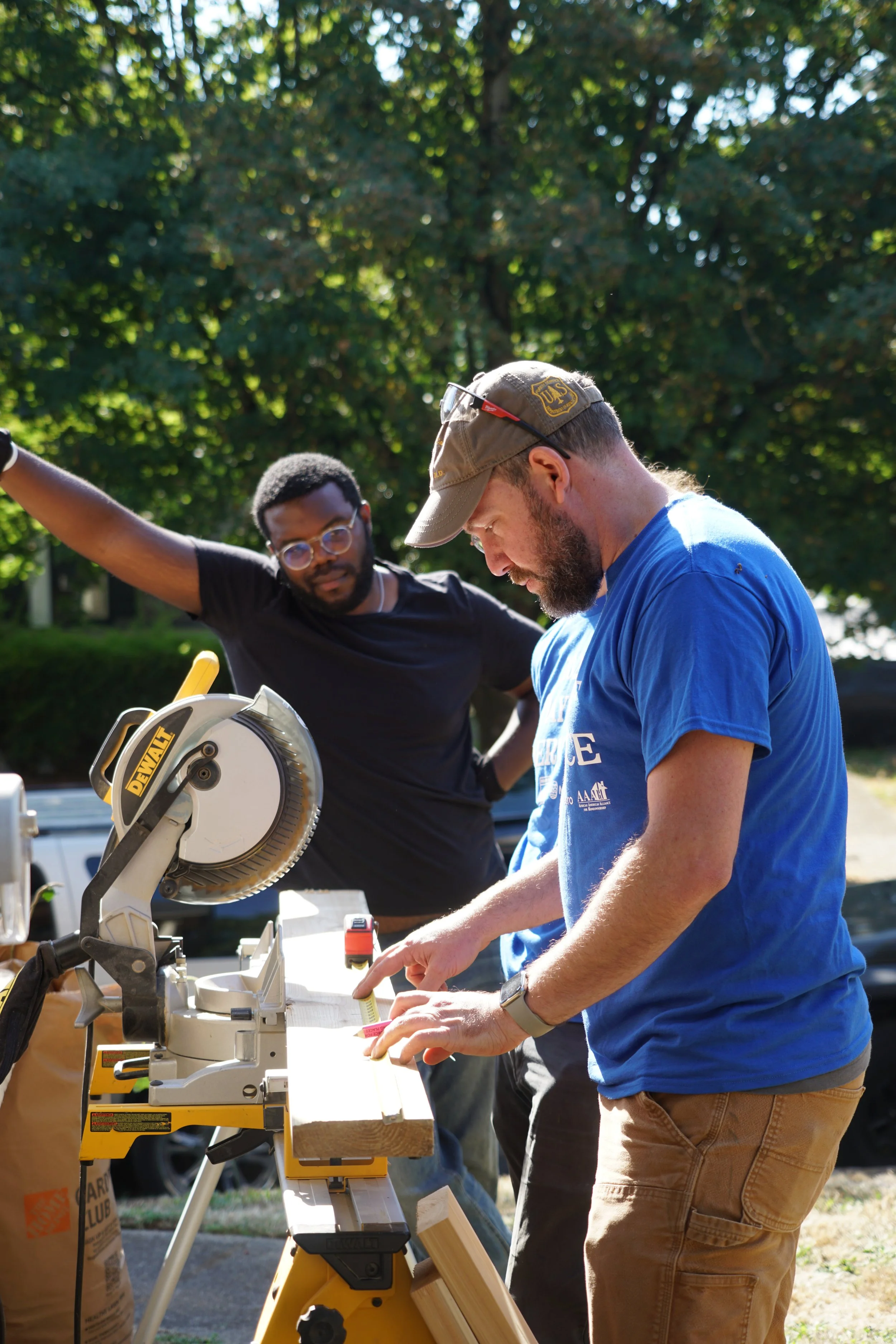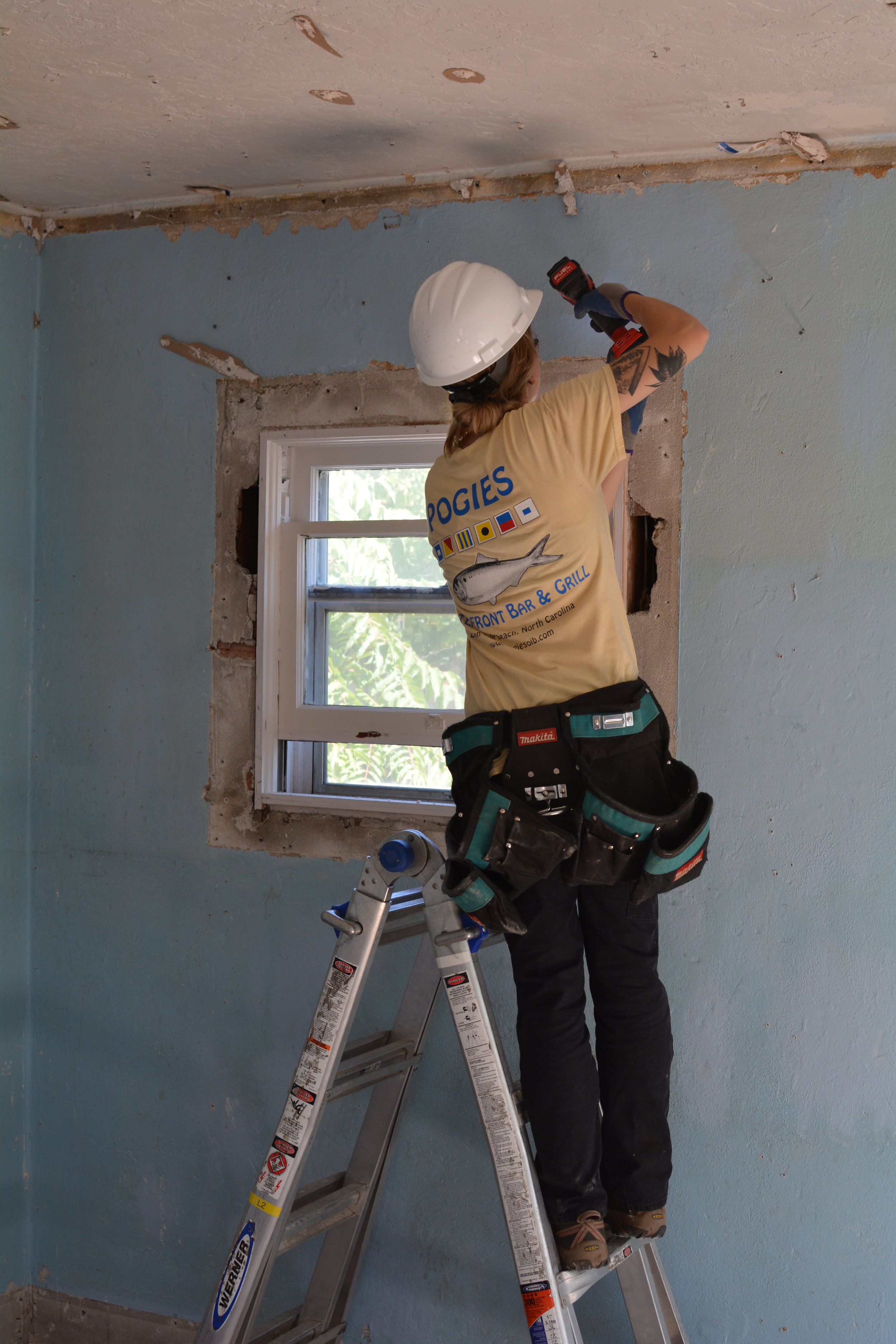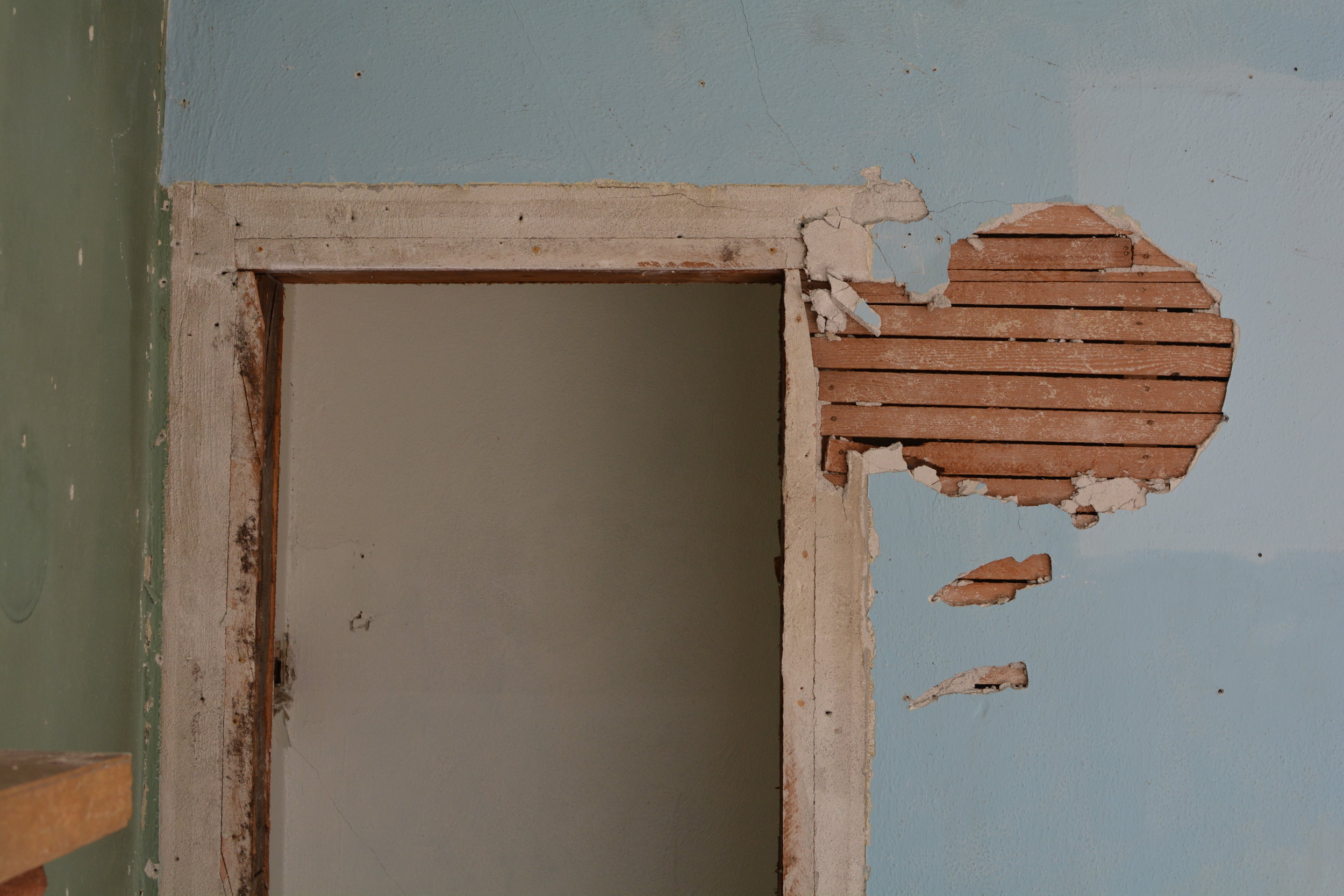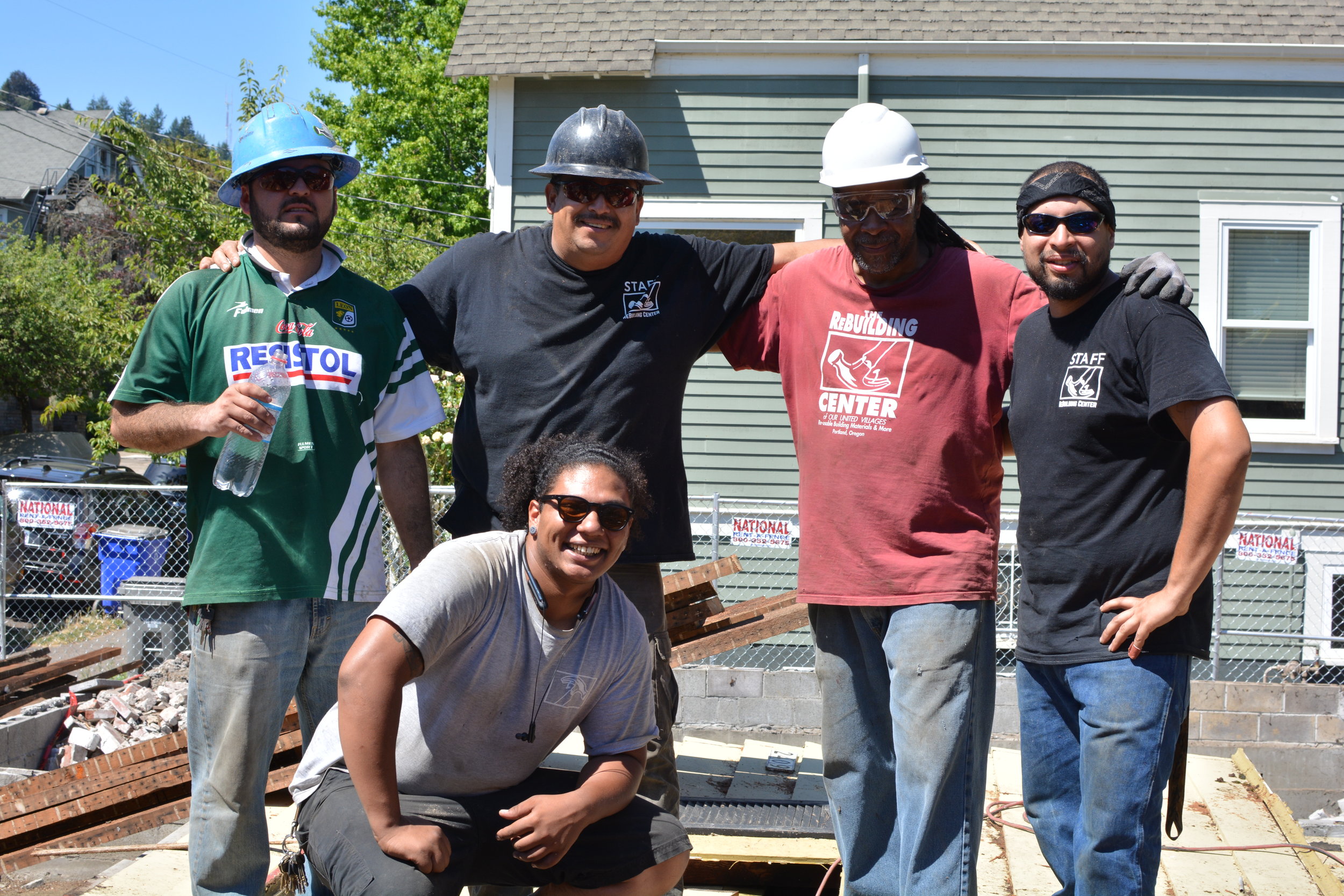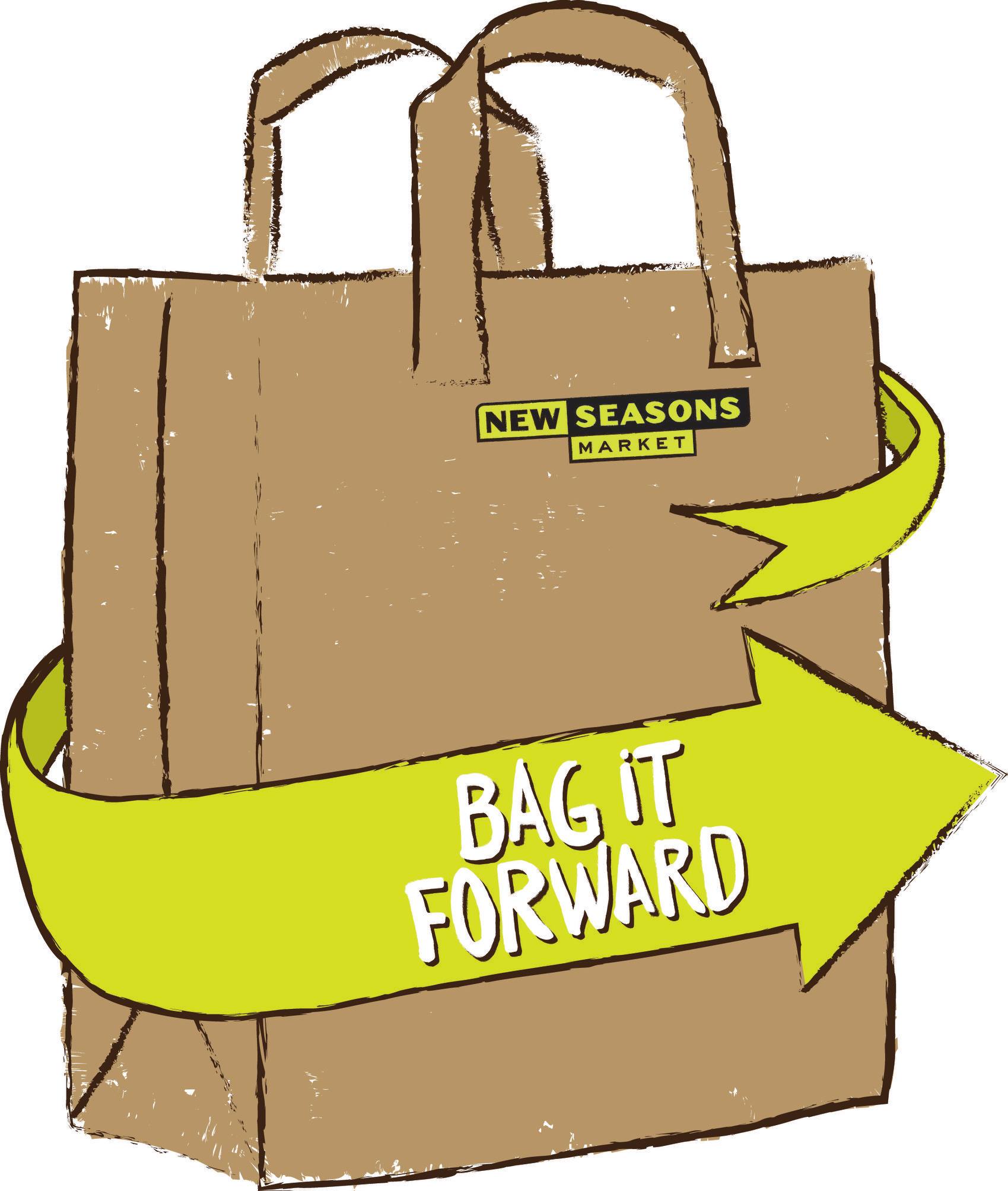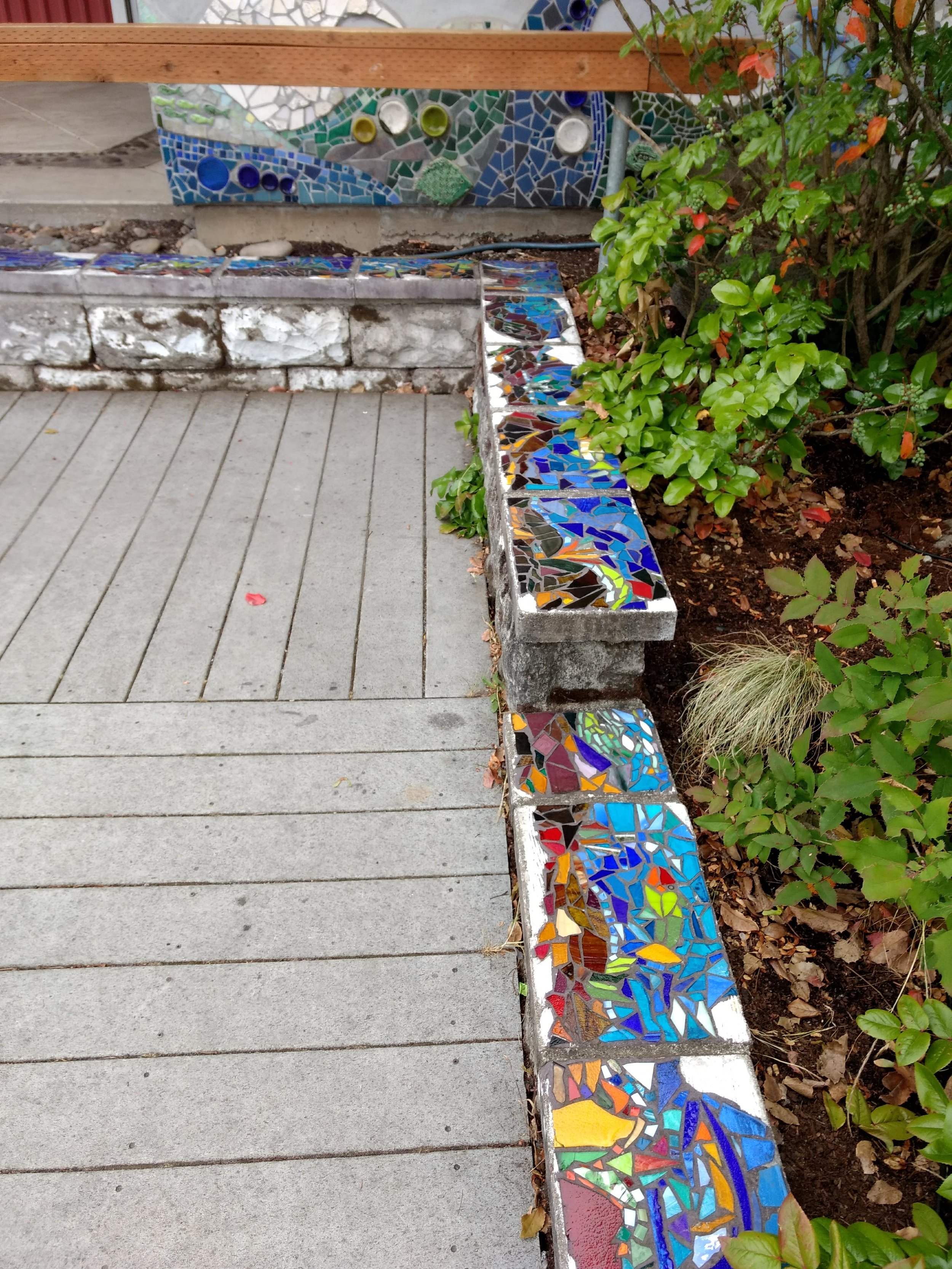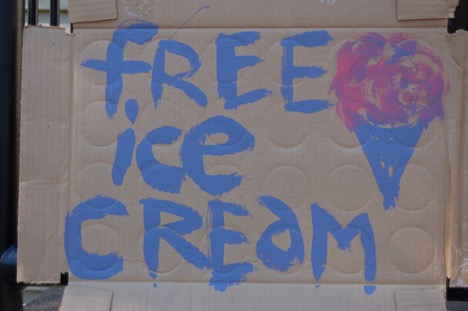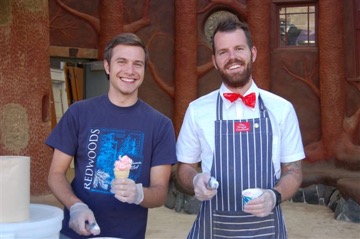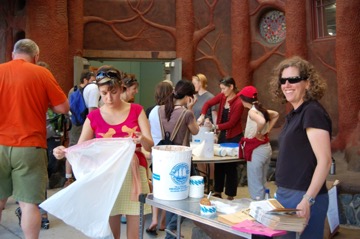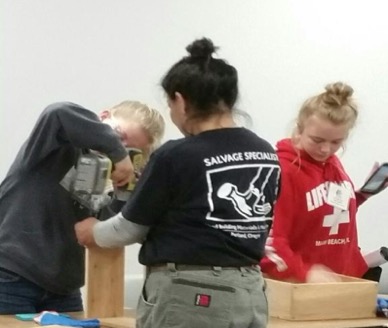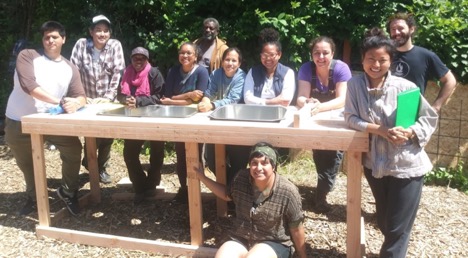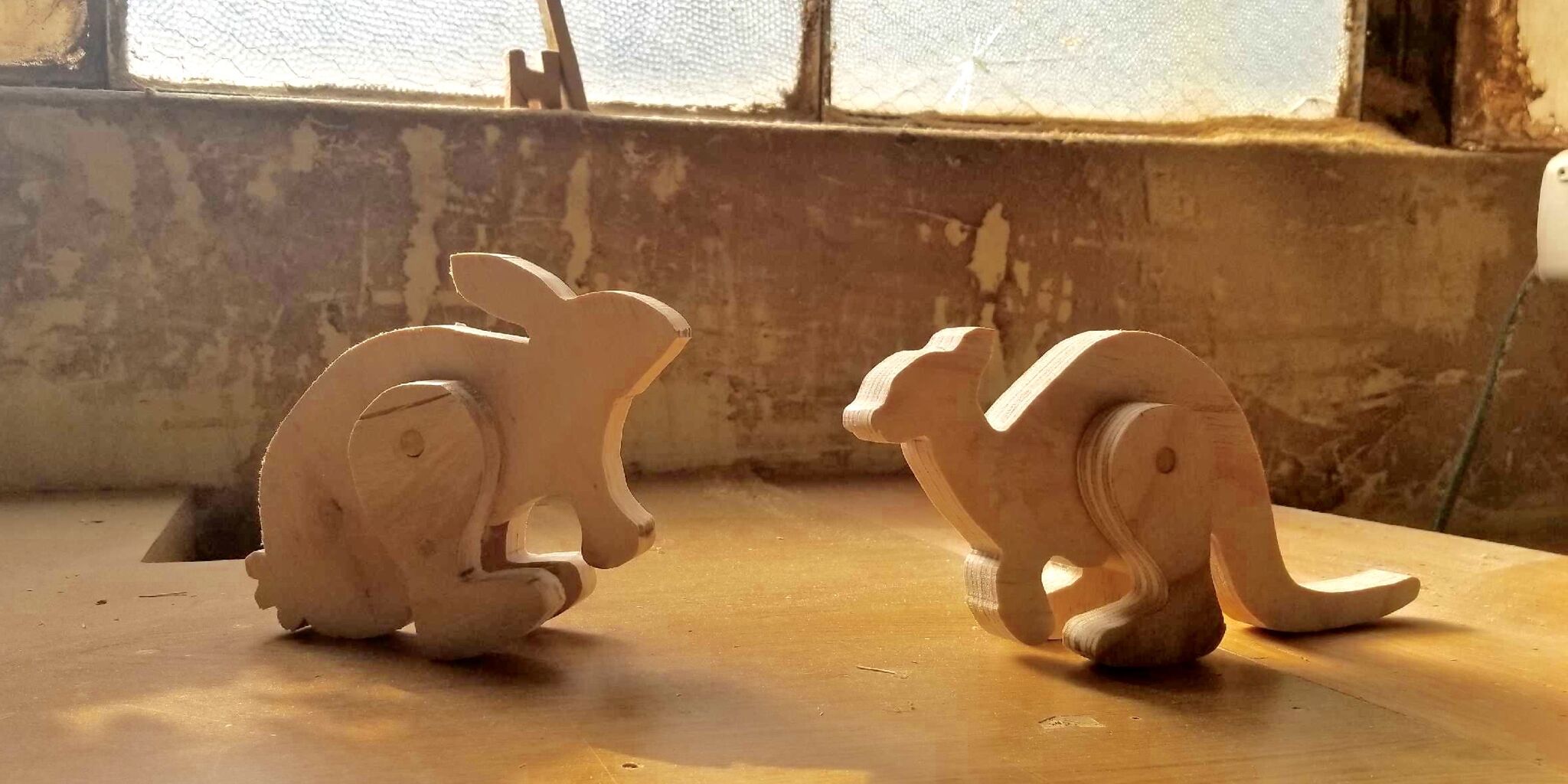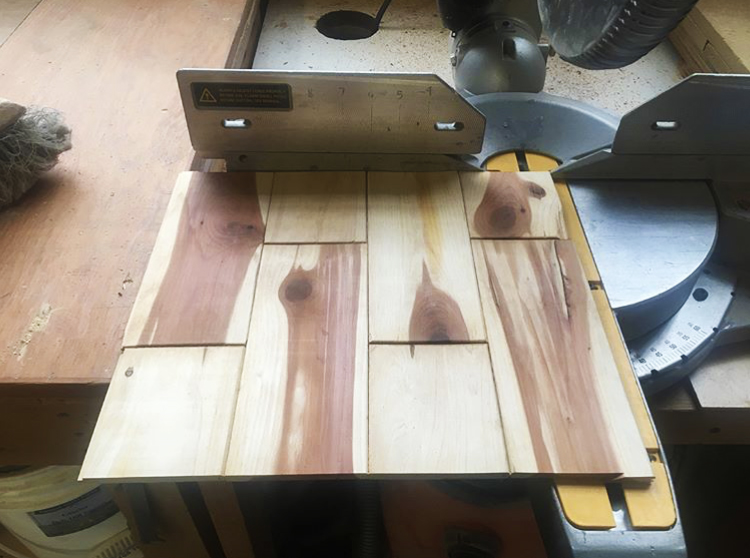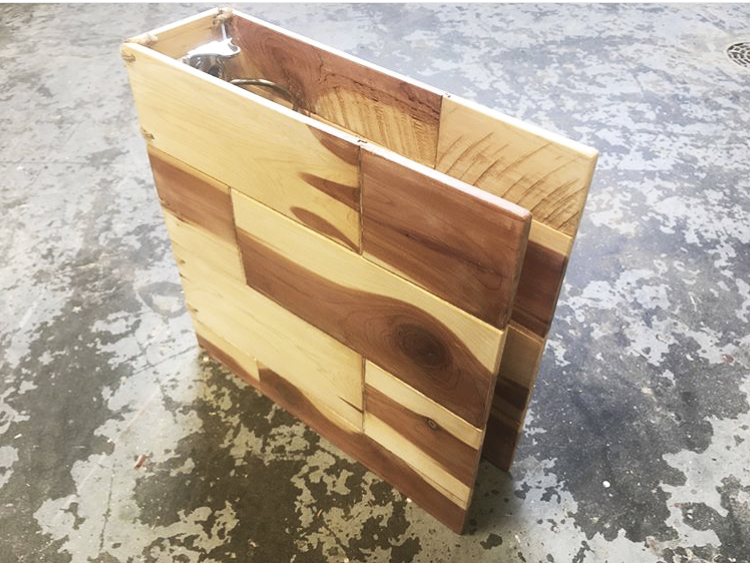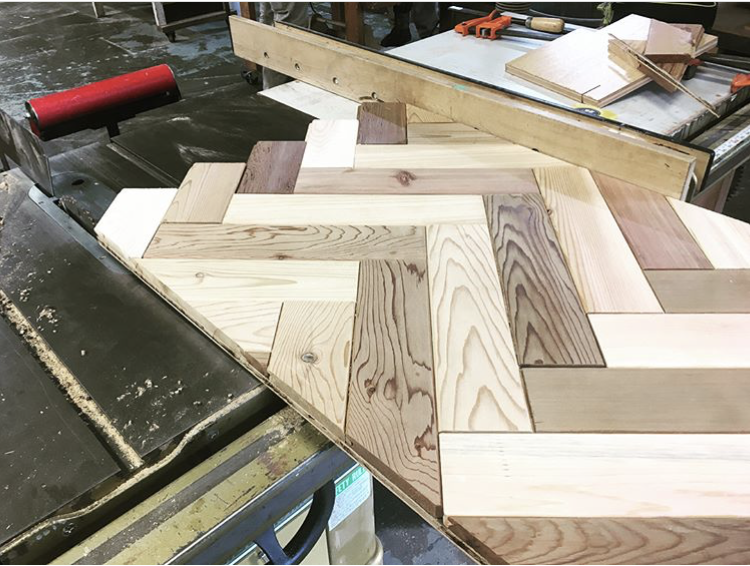Tom Patzkowski is the Operations Director at the ReBuilding Center. After being with the ReBuilding Center for over 19 years, his time working here will come to a close this month. The ReBuilding Center community will dearly miss Tom and his infectious laugh and we wish him the best of luck in his East Coast endeavors.
--
By: Tom Patzkowski
As my son and I drove a large box truck jammed full of possessions accumulated over decades in Portland across the country toward an unknown future, we noticed faces. Faces in the formations and rocks, in the trees and plants, the waters, and in the sky. Imagining the past lives of the people and animals that are recorded solidly and transitionally in the landscape, we became certain that the marks of all existences swirl in our surroundings. Throughout the local community and well beyond, the reverberations of the innovations, rediscoveries, collaborations, and spirit of the ReBuilding Center boldly exhibit, in a lasting way, that possibilities can become reality when people join together - with effort and compassion - to overcome obstacles and misperceptions.
My personal existence, the growth of my family and me, has been interwoven with the flourishing of the ReBuilding Center. In a world where disagreement is highlighted, it has been fortunate and foundational to enact change, celebrate differences, find commonalities, and build relationships at work – a rare opportunity. I have learned that there is beauty and value and challenge in all interactions and all things. There is earnestness, desire, and dedication needed to bring about a stronger and healthier society grounded in equity and respect for nature.
I think of the astronauts who come back humbled environmentalists from the vastness of space. After distantly gazing at the only observable planet which can support our lives, it is recognized that we are related to and dependent on each other for survival, our time here demands that we preserve and protect each other, and we are part of a wonderfully spinning larger organism: the earth. We are also gifted with individual talents known and to be discovered. I encourage you to engage and explore those gifts to support and serve your co-workers and all people, to take a moment to look around and notice the good you are doing, and to make your mark!



